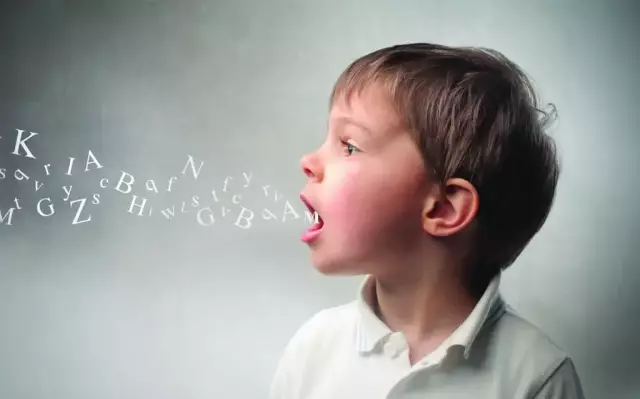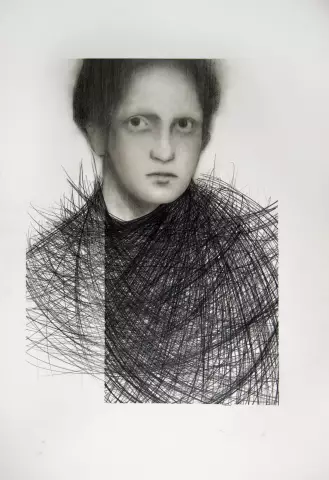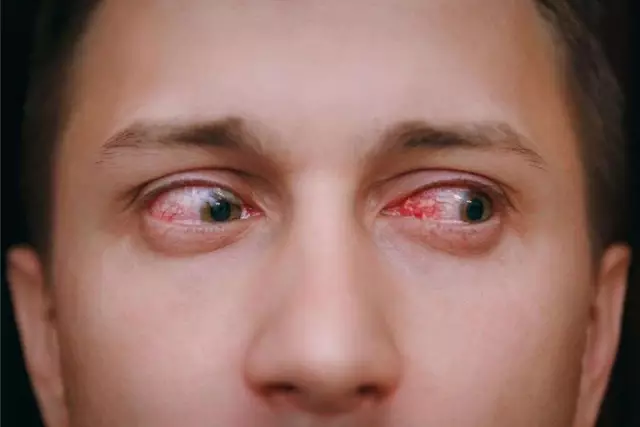- Author Rachel Wainwright [email protected].
- Public 2023-12-15 07:39.
- Last modified 2025-11-02 20:14.
Dysarthria

Man is a social being, and life in society is based, first of all, on verbal communication. The underdevelopment of this communicative function negatively affects the potential of the individual. Speech disorders are caused by various reasons, depending on which a person has certain manifestations of this defect. The most difficult problem in terms of correction is dysarthria - an underdevelopment of the communicative function caused by organic damage to the central nervous system.
Forms of dysarthria
With dysarthria, first of all, sound production suffers, problems with which can have varying degrees of severity, this is due to changes in the tone of the muscles of the face and neck. Violations of speech breathing and voice are also characteristic. In severe cases, speech becomes so illegible that it cannot serve as a means of communication. Depending on the localization of the lesion of the nervous system, there are the following forms of dysarthria:
- Bulbar. Speech problems are caused by decreased muscle tone in the lips and cheeks. Their lethargy leads to impaired pronunciation of the labial sounds, which require sufficient muscle tension. The voice is nasal;
- Pseudobulbar. There are two types of this form of dysarthria - spastic and paretic. The first of them is most often found, but a combination of both is possible. The pronunciation of not only consonants, but also vowels is distorted, breathing and voice disorders, salivation are noted;
- Extrapyramidal. With this form of dysarthria, speech is distorted due to abrupt changes in muscle tone. This leads to the appearance of the so-called hyperkinesis - violent movements uncontrollable by a person;
- Cerebellar. When the cerebellum is damaged, the tone of the articulatory muscles is significantly reduced, the speech becomes chanted, the absence of stress is noted;
- Cork. The symptomatology of speech disorders in this form of dysarthria is characterized by significant variability, depending on the place of damage to the cerebral cortex.
Erased dysarthria
The clinical symptoms of dysarthria are not always clearly pronounced. Very often, minor manifestations of such a speech disorder can occur, which significantly complicates the diagnosis. An erroneous conclusion leads to an inexplicable lack of positive dynamics during correction. In this regard, it is very important to timely identify the so-called erased dysarthria.
The absence of pronounced specific changes in speech contributes to the mixing of this disorder with dyslalia, in which there are no problems with innervation. However, a careful approach to diagnostics allows making the correct conclusion in a timely manner. With erased dysarthria, speech has, albeit weakly expressed, but specific disorders - a decrease in the volume of articulatory movements, a slowdown in their pace, characteristic problems with voice and speech breathing.
The presence of dysarthria is also evidenced by the problems arising during correctional work. They consist in the difficulties of staging and, in particular, the automation of disturbed sounds.
Dysarthria, treatment
Speech disorders make it difficult for a person to socially adapt. They contribute to the emergence of problems in personal life, limit the possibilities of choosing a profession. This is especially noticeable in the case of dysarthria, in which speech is extremely indistinct and illegible. That is why it is so important to provide timely adequate assistance in solving such a problem.

With dysarthria, treatment requires an integrated approach. To achieve a positive result, speech therapy work on the correction of sound pronunciation must necessarily be accompanied by appropriate drug therapy. It is also necessary to carry out articulatory massage, in some cases - physiotherapy.
Dysarthria is a complex speech disorder that is difficult to correct. The success of overcoming it depends on the timeliness and systematic nature of correctional work. This, in turn, is directly related to how accurately the corresponding diagnosis is made. After all, dysarthria, the treatment of which takes a long time, does not always have pronounced symptoms.
Any speech disorders, except for physiological dyslalia in preschool age, require special corrective measures. In addition to poor pronunciation of sounds, which in itself is a significant defect, other problems often arise, especially with such a serious speech disorder as dysarthria. This is an underdevelopment of the grammatical structure of speech, as well as a violation of the formation of sound analysis and synthesis, which leads to difficulties in writing.
YouTube video related to the article:
The information is generalized and provided for informational purposes only. At the first sign of illness, see your doctor. Self-medication is hazardous to health!






